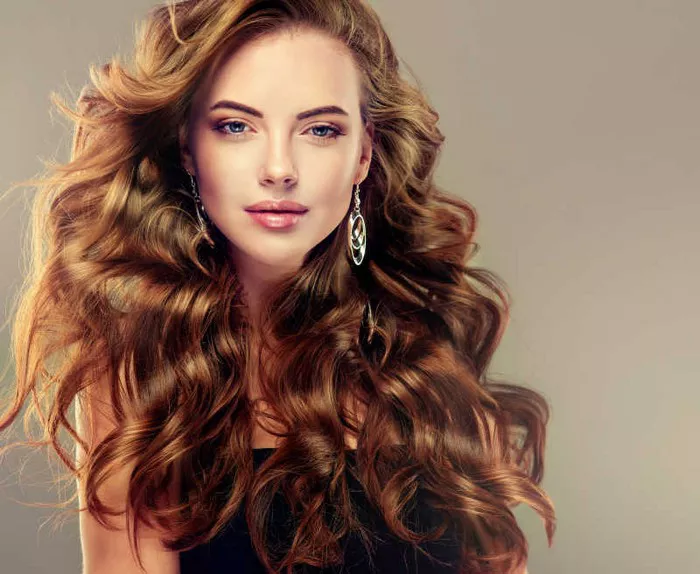Hair transformations can be both surprising and perplexing. If you’ve recently noticed a change in your hair texture from straight to wavy, you may be wondering what could be causing this shift. In this article, we’ll explore the potential reasons behind this unexpected change and what you can do to embrace and manage your newfound waves.
Genetic Factors and Hormonal Changes
One of the primary factors influencing changes in hair texture is genetics. Your hair type is largely determined by your genetic makeup, and it’s not uncommon for individuals to experience shifts in texture as they age. Hormonal changes, such as those that occur during puberty, pregnancy, or menopause, can also impact the structure of your hair follicles, leading to alterations in texture. If you’ve recently undergone hormonal changes, they could be a significant contributor to the wavy transformation of your once-straight hair.
Environmental Influences
Environmental factors can play a crucial role in altering hair texture. Exposure to humidity, changes in climate, and variations in temperature can all impact the way your hair behaves. For instance, if you live in an area with high humidity, your hair may be more prone to frizz and waviness. Pay attention to your surroundings and consider how environmental factors might be influencing the texture of your hair.
Heat Styling and Damage
Frequent use of heat styling tools, such as flat irons or curling irons, can lead to damage and changes in hair texture over time. Applying excessive heat to straight hair can weaken the natural structure, causing it to become more prone to waves and curls. If you’ve been consistently using high heat settings or neglecting heat protection products, your hair may be reacting to the damage by adopting a wavier pattern. Consider giving your hair a break from heat styling and focus on repairing and nourishing damaged strands.
Product Buildup and Residue
The accumulation of product buildup and residue on your hair can also contribute to changes in texture. Over time, the residue from styling products, conditioners, and shampoos can weigh down your hair, altering its natural straight pattern. To address this, incorporate a clarifying shampoo into your routine to remove any buildup and restore your hair to its original state. Be mindful of the products you use and ensure they are suitable for your hair type and texture.
Changes in Hair Care Routine
A shift in your hair care routine can be a potential catalyst for changes in hair texture. If you’ve recently switched to different hair care products or altered your washing and styling habits, these changes could be influencing the way your hair behaves. Pay attention to the ingredients in your products and ensure they are compatible with your hair type. Experiment with various routines to find the balance that works best for maintaining your desired texture.
Natural Aging Process
As we age, our hair often undergoes changes in texture and thickness. The natural aging process can lead to a reduction in sebum production, causing hair to become drier and more prone to frizz and waves. Additionally, the hair follicles may undergo structural changes, contributing to alterations in texture. Embracing these changes as a part of the aging process and adapting your hair care routine accordingly can help you manage and enhance your wavy hair.
Chemical Treatments
Chemical treatments, such as perms or relaxers, can have a lasting impact on the structure of your hair. If you’ve undergone any chemical treatments in the past, these could be a contributing factor to the change in your hair texture. Perms, for example, can introduce waves or curls, while relaxers can alter the natural curl pattern. Understanding the long-term effects of chemical treatments on your hair is essential in comprehending why your straight hair may have turned wavy.
See Also: How Long Can You Go Without Washing Your Hair: A Quick Guide
Conclusion
While the transformation of straight hair to wavy may initially be surprising, it’s essential to recognize that various factors could be at play. Genetics, environmental influences, hormonal changes, and hair care practices all contribute to the evolving nature of your hair. Embrace these changes and adapt your hair care routine accordingly, focusing on nourishment and protection to enhance the natural beauty of your wavy locks. If you’re uncertain about the specific cause of the transformation, consulting with a professional stylist can provide valuable insights and personalized guidance to help you manage and love your new wavy hair.


